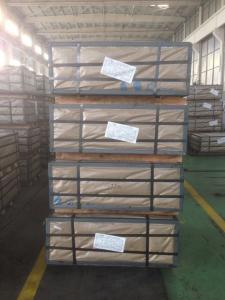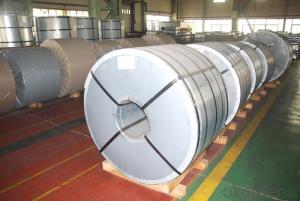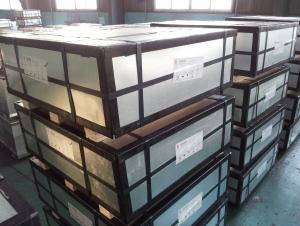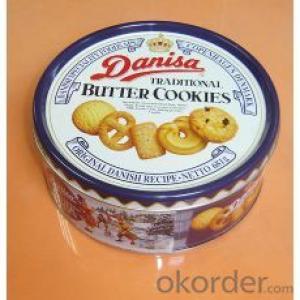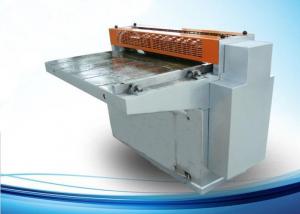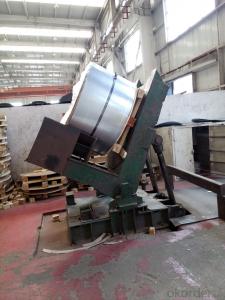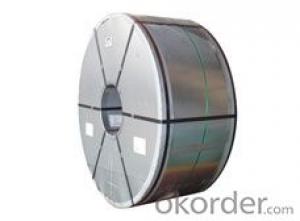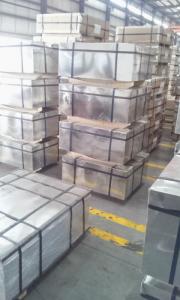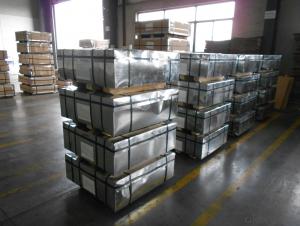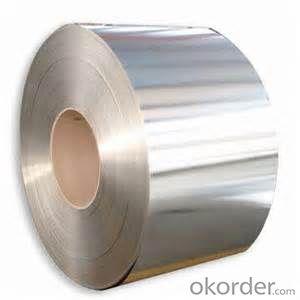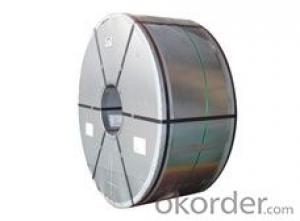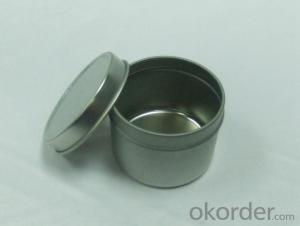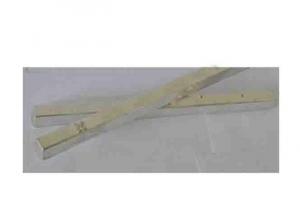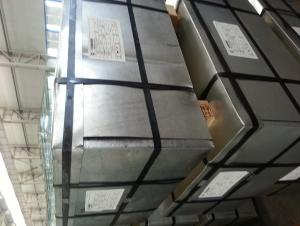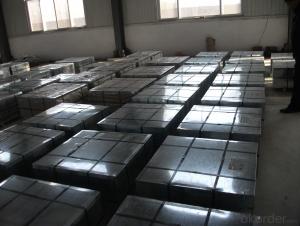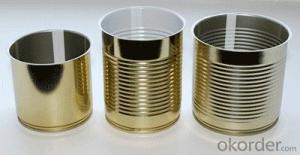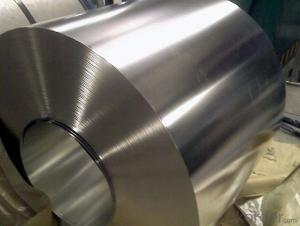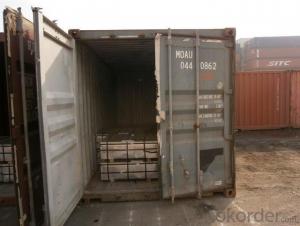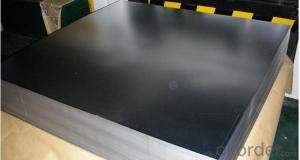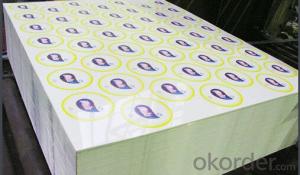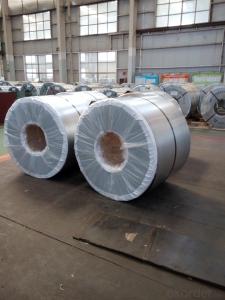Tinplate Elwood
Tinplate Elwood Related Searches
Etp Tinplate Printed Tinplate Envases Tinplate Tata Tinplate Tinplate Uk Tinplate Breckenridge Tinplate Iron Turkey Tinplate Tinplate China Tinplate Material Tinplate Goldfish Lacquered Tinplate Tinplate Metal Tinplate Cover Tinplate Products Nse Tinplate Tinplate Factory Tinplate Lids Tinplate Coating Thyssenkrupp Tinplate Italy Tinplate Buy Tinplate Tinplate Can Tinplate Pizza Spain Tinplate Tinplate Studios Tinplate Box Tinplate Tins Tinplate Share Western Depot TinplateTinplate Elwood Supplier & Manufacturer from China
Tinplate Elwood is a type of metal product that is widely recognized for its excellent durability and corrosion resistance. It is made from a thin sheet of steel coated with a layer of tin, providing a smooth and shiny surface that is ideal for various applications. This product is known for its versatility and can be found in numerous industries, including food packaging, automotive, and construction.The Tinplate Elwood product is extensively used in various applications, such as food and beverage cans, aerosol containers, and decorative items. Its non-toxic nature and resistance to corrosion make it a popular choice for packaging materials that come into contact with food and beverages. Additionally, its strength and malleability make it suitable for manufacturing automotive parts and construction materials, ensuring long-lasting performance and durability.
Okorder.com is a reputable wholesale supplier of Tinplate Elwood, boasting a vast inventory to cater to the needs of various industries. As a leading platform for sourcing metal products, Okorder.com ensures that customers have access to high-quality Tinplate Elwood at competitive prices. With their extensive experience in the industry, they are committed to providing exceptional customer service and support, making them a reliable choice for businesses seeking to purchase Tinplate Elwood in bulk.
Hot Products
